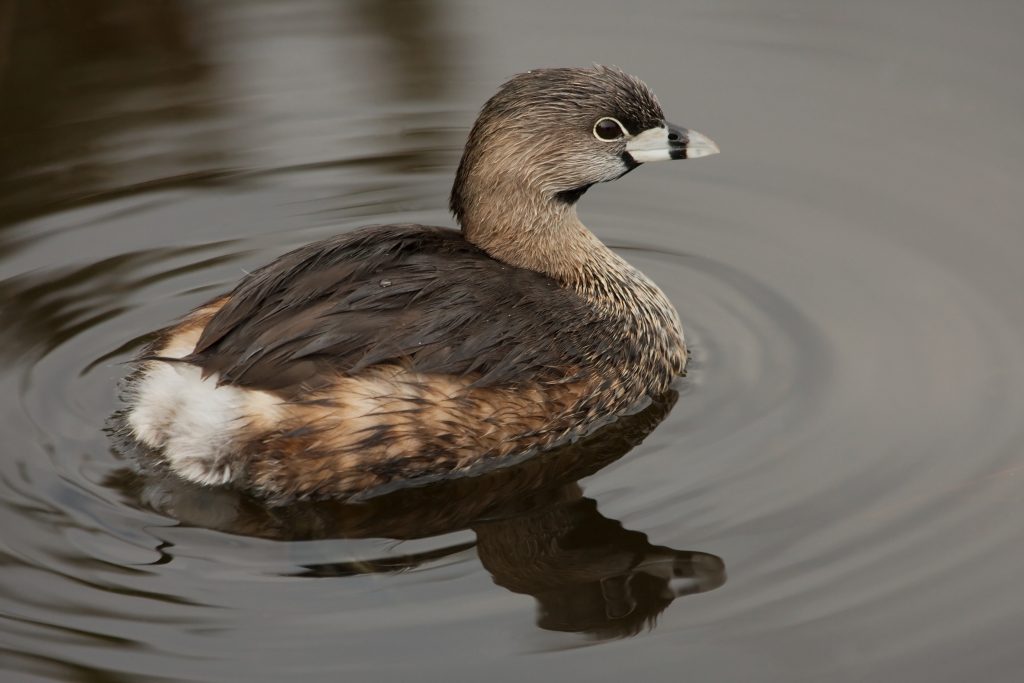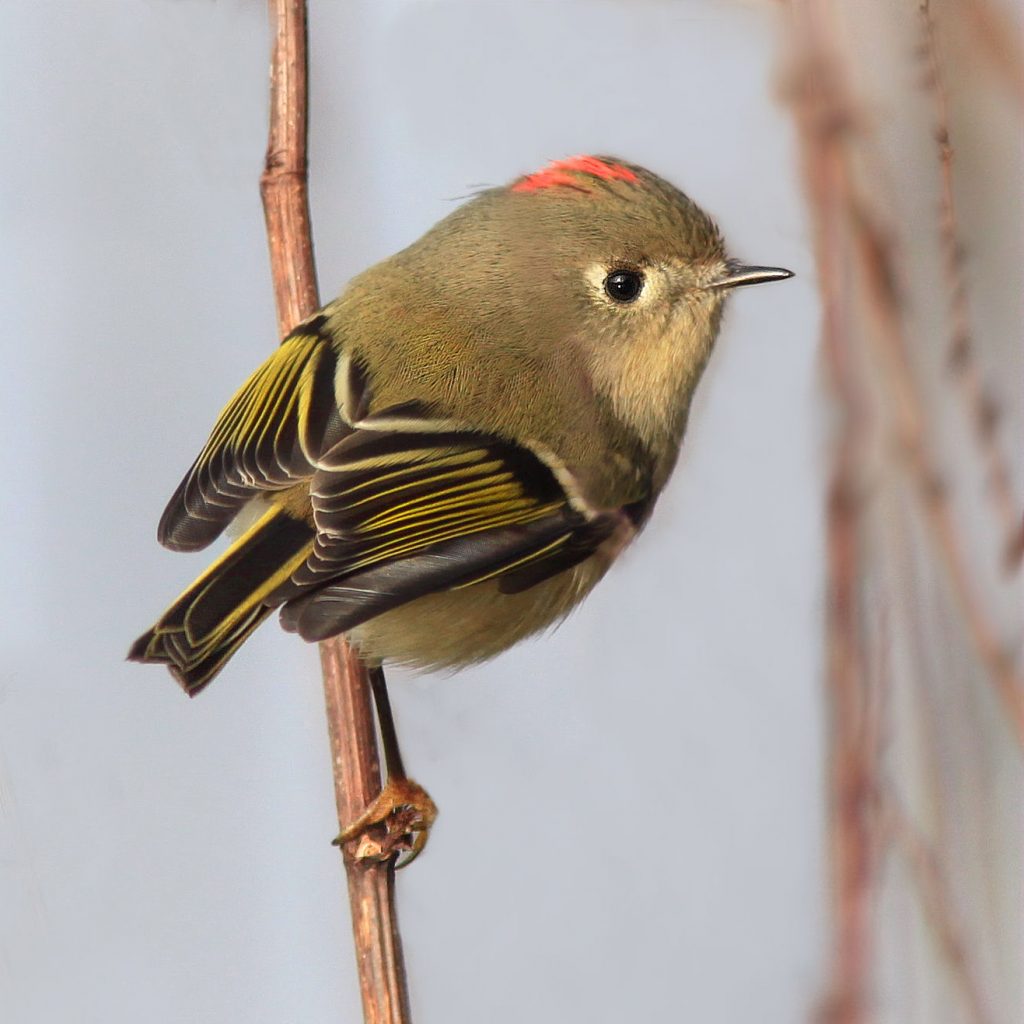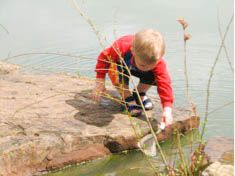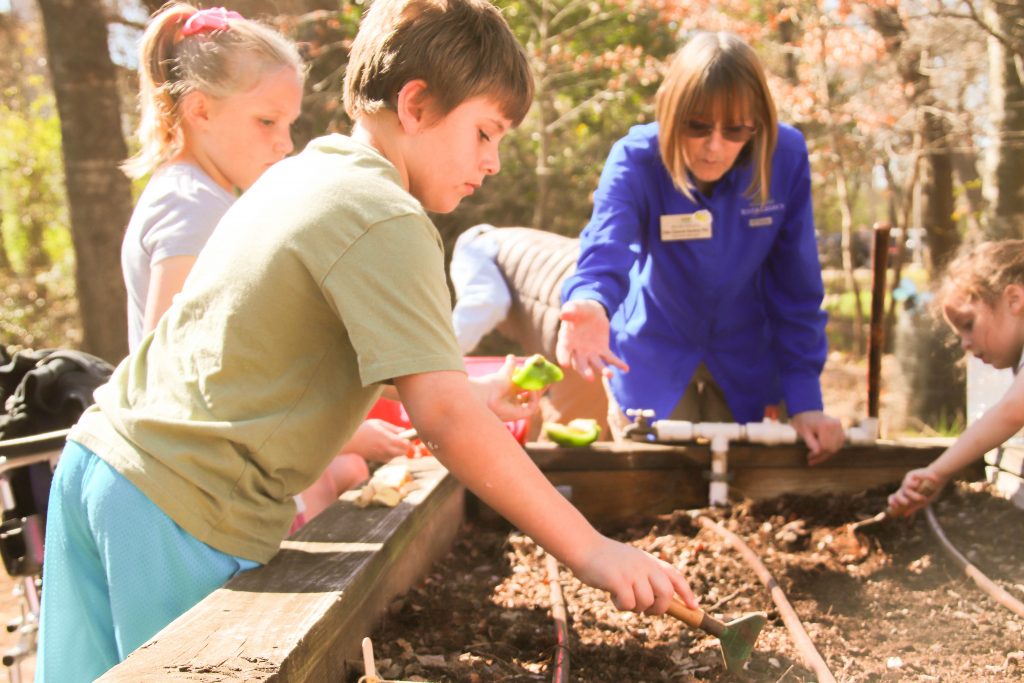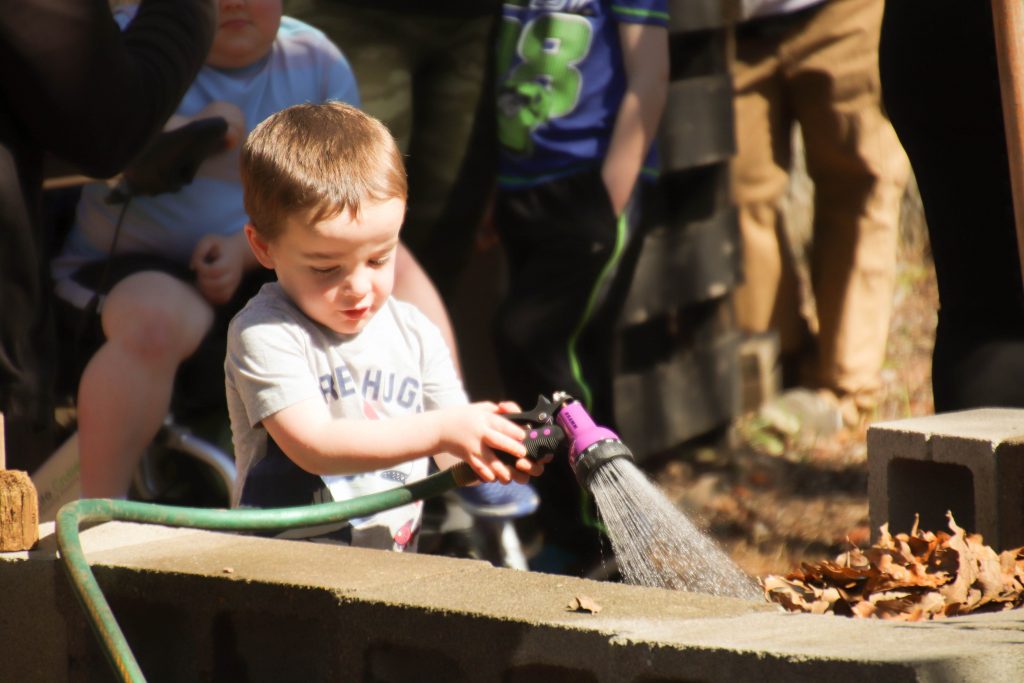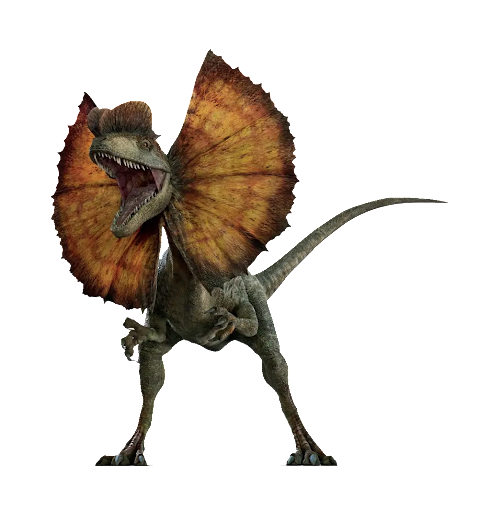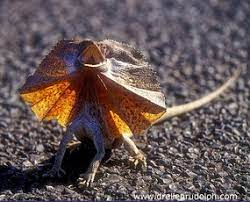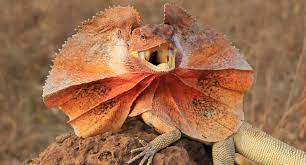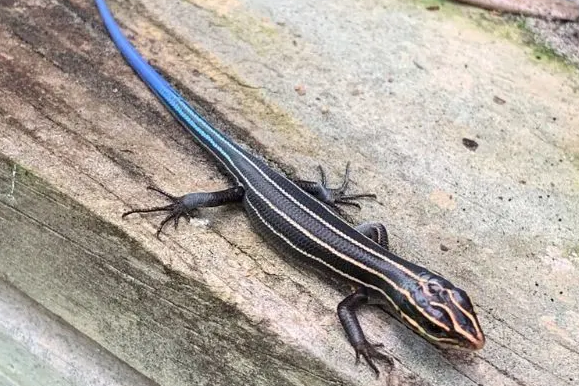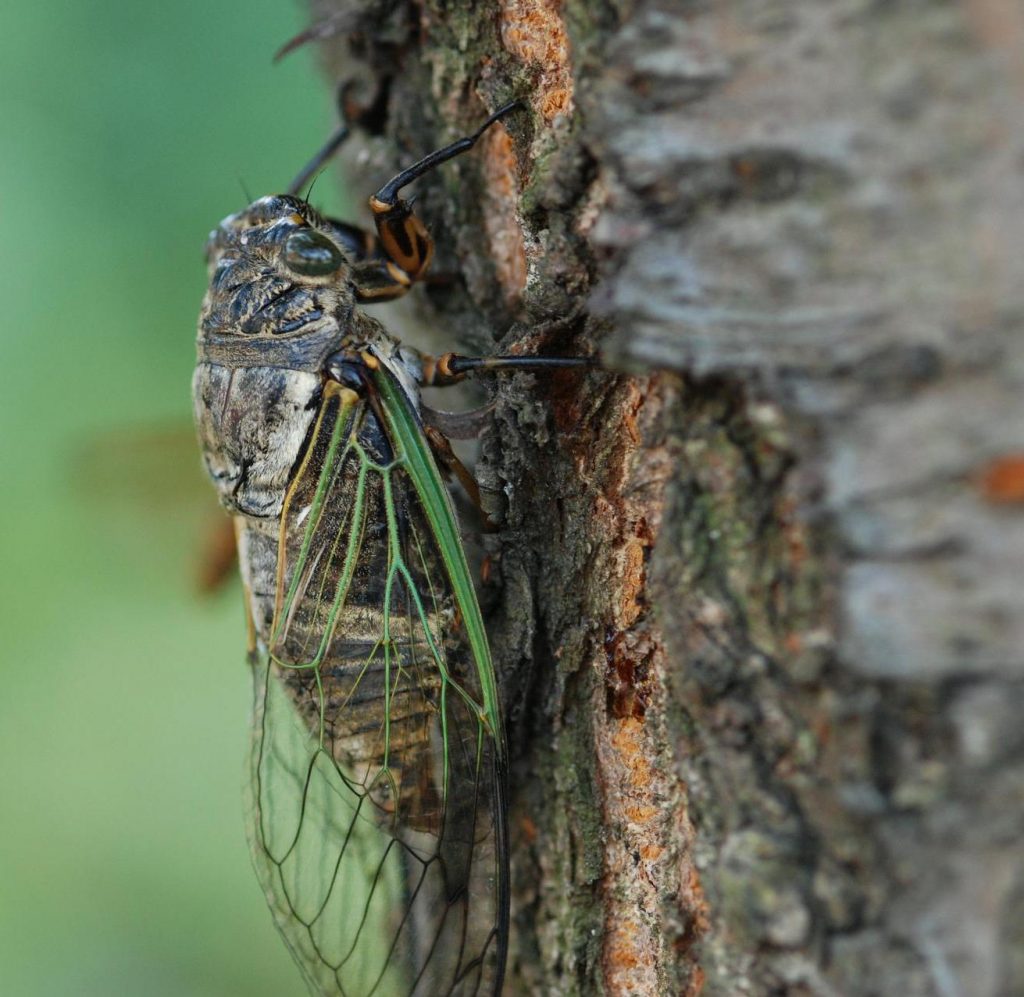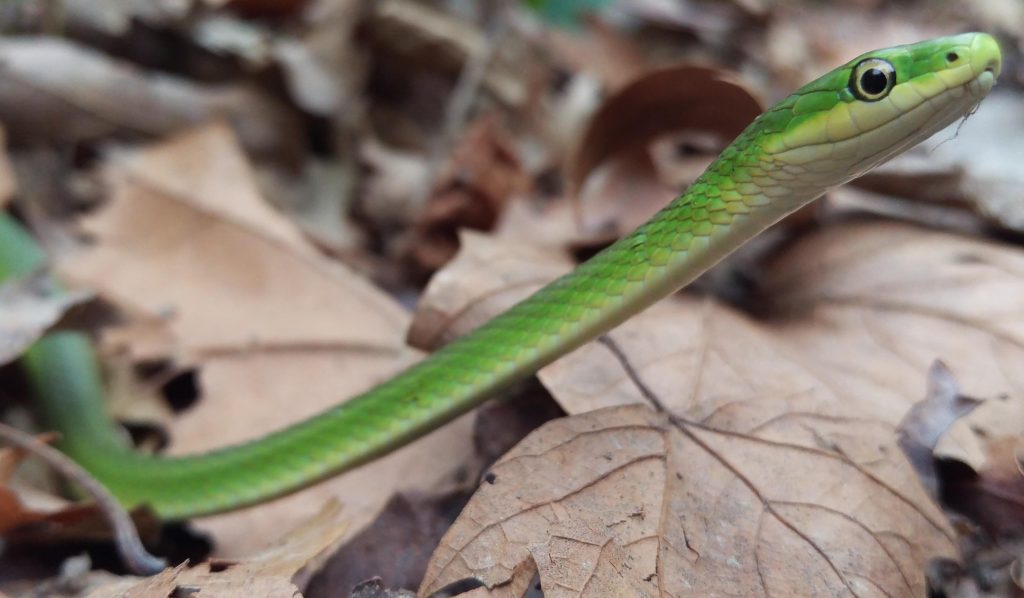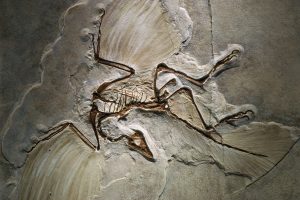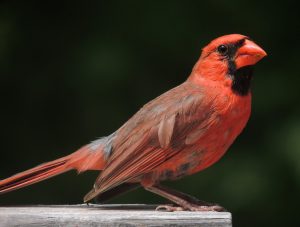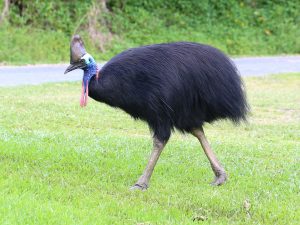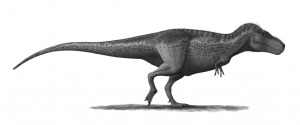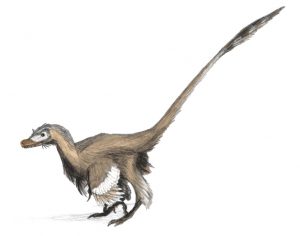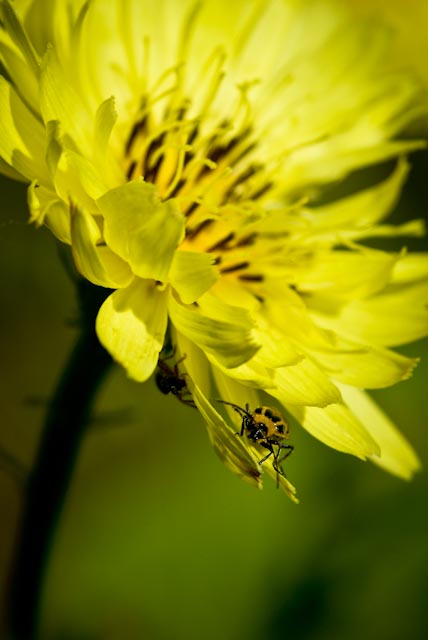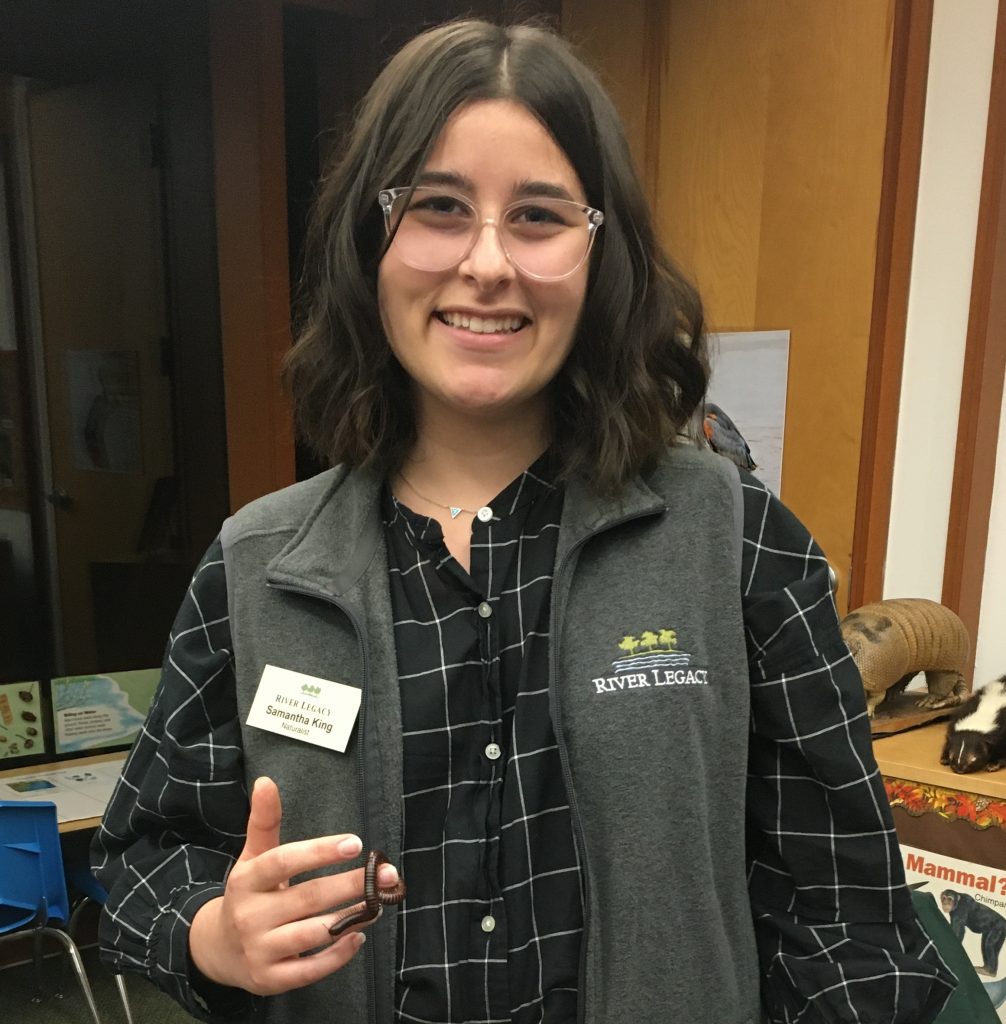Written By: Sarah Morris, Naturalist
As you walk around River Legacy, you’ll find a large variety of beautiful trees, such as the American elm, live oak, eastern redcedar, boxelder, and many more. These trees are shade tree species that are highly beneficial in providing heat island reduction, air pollution removal, and stormwater runoff control.
Unfortunately, during the storm on March 3rd, winds picked up to 80mph and many trees were destroyed by the strong winds or by the collapse of other trees. This storm damaged the trails around the Nature Center and the AISD trail that we use for field trips and educational programs. The storm caused much devastation to the trees, which affected animal homes, the soil, and created dangers to the public. We lost old and important trees that had been used as key learning locations during educational programs since the Nature Center opened in 1996.
Although this was a sad event, it was also a great reminder of why trees and forests are so important and they really are a bigger deal than you might think! Trees are known as “the lungs of the Earth” because they absorb many pollutants and filter the air. They also, of course, absorb CO2 (carbon dioxide) that’s in the air and let out O2 (oxygen) for us to live and breathe.
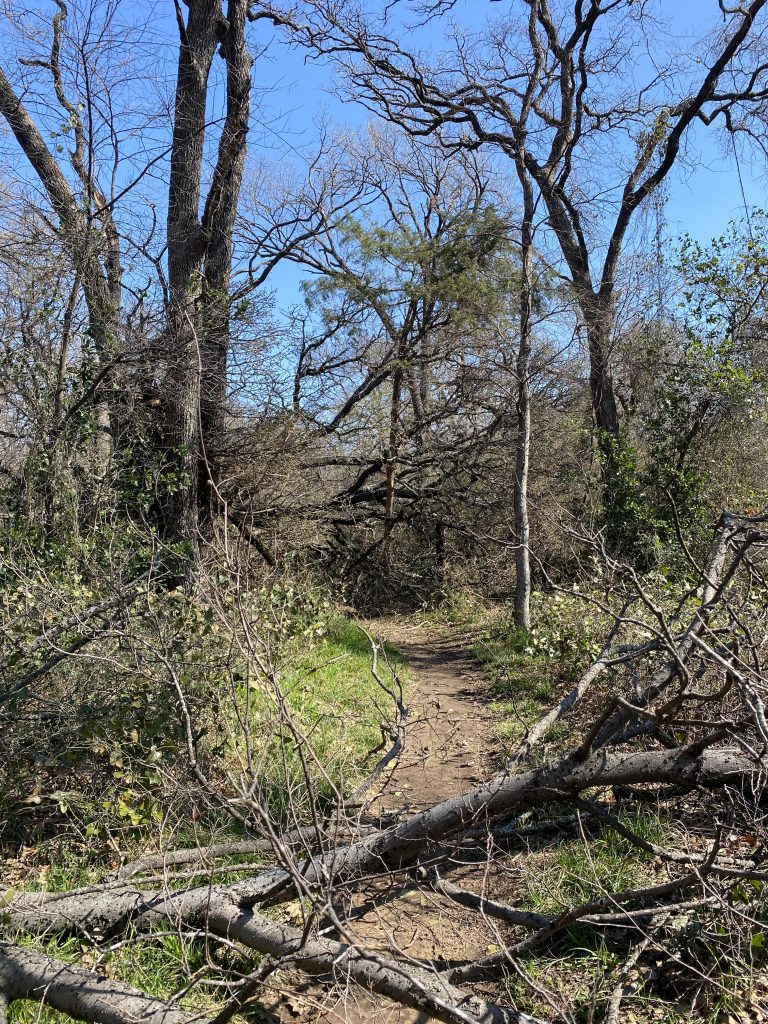
Trees improve water quality, and reduce flooding and erosion. When raindrops hit leaves and branches, it slows the flow of rainfall which helps prevent flooding. Trees also absorb water through their roots and hold the soil in place to prevent erosion. It’s estimated that 100 mature trees can absorb about 100,000 gallons of rainfall per year. That’s AMAZING!
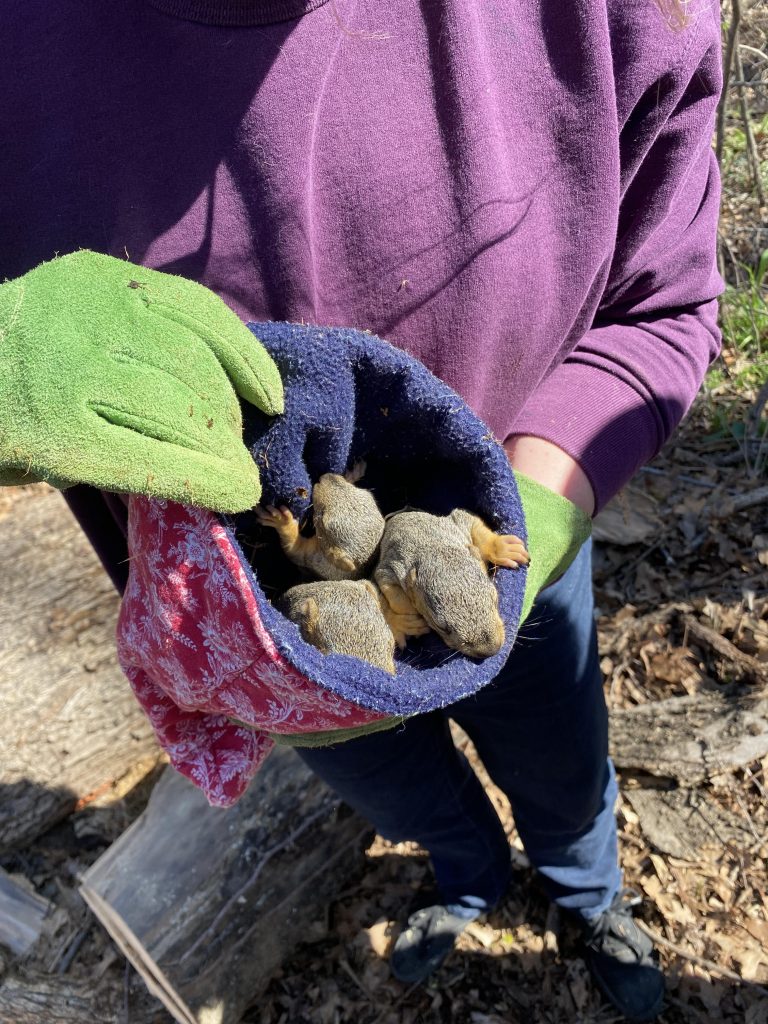
Trees create habitats for plants and animals which allows biodiversity and pollination to occur. Without our pollinators, we wouldn’t have nearly the amount of access to food/crops that we have now and over 100,000 species of plants would become extinct. Have you watched the Bee Movie? Yeah, they weren’t exaggerating.
So yes, trees and forests are a big deal! As Earth Day approaches, we will be reminded of all the great things nature gives us, and trees are a huge part of that! They provide so many benefits to humans, plants, and animals. Most of all, trees and other variables are necessary for our survival as a human race. We need to take care of what we have now to have a brighter and greener tomorrow.
The River Legacy Nature Center offers countless opportunities for people of all ages to learn about nature, and River Legacy Park is just a short hike away to surround yourself in it! Come to our Earth Day celebration, Saturday, April 1st from 10:00 am-2:00 pm at the Nature Center. There will be sustainable DIY crafts, children’s activities, guided hikes, storytimes, and plenty of opportunities to learn to be a great environmental steward.
Join the race to make the world a better place.

